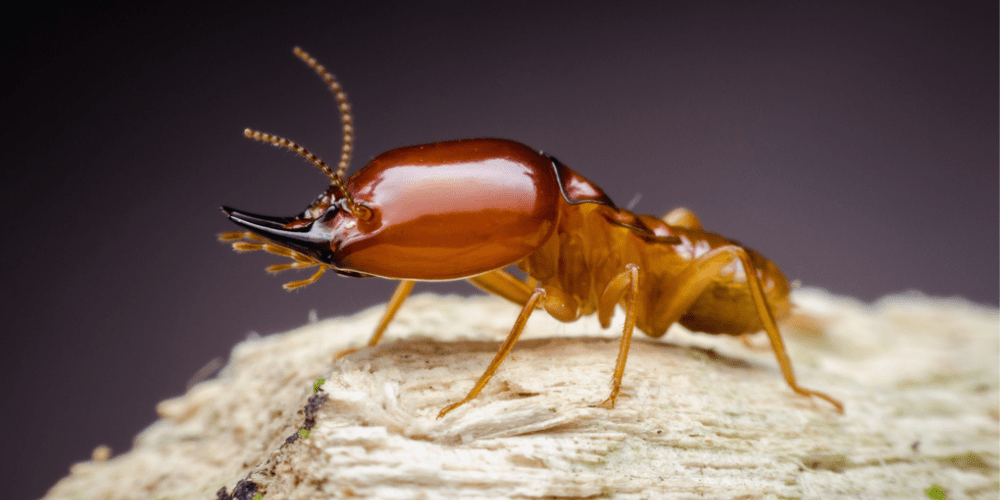| Disclaimer: We strive to provide objective, independent advice and reviews. When you decide to use a product or service we link to, we may earn a commission. |
A termite report is a document provided by a licensed home inspector or pest control company that details their findings after an inspection. These reports reveal whether or not the inspector found any evidence of unwanted guests in your home. Keep reading to learn exactly what you can expect to find in your termite inspection report.
Who Has to Get a Termite Inspection?
The buyer is responsible for worrying about what inspections need to be done — so if you’re selling, you’ve got nothing to worry about! If you’re buying, local laws and loan requirements dictate whether or not you have to get a termite inspection done.
For example, the VA requires that homebuyers in certain states have one done before they’ll fund the loan. Also, many areas in California, a termite heavy state, have local laws in place that mandate a termite inspection be completed before contingencies can be removed from the home sale.
FHA and USDA loans require termite inspections if the general home inspection suspects termites.
👉 Read more: How Much Does a Termite Inspection Cost and Who Pays?
What’s Covered in a Termite Report?
A termite report outlines items that might indicate the presence of termites. That includes visual indicators, like wood dust or tree damage. The report also provides information on any damage or other issues that could lead to an infestation of termites in the future.
For example, a report will also note any water leaks, mold, fungus, or other substances that could put the integrity of the home in question.
Surprises Seen in Termite Reports
While these reports often include an estimate on what suggested repairs may cost, they don’t offer documentation that any issues have been satisfactorily addressed. Rather, they simply explain any issues that were discovered and detail what can be done to remedy them.
In most cases, the company that did the inspection will also offer remediation services. Some even offer a free inspection in exchange for your business should any remediation need to be done.
Another surprise you might encounter is that your termite report will include information about structures that aren’t part of a home’s living space. For example, inspectors look at your property perimeter, awnings, wood beams, trees, sheds, and other landscaping that is wood based.
Termite inspectors also typically take a look at the foundation line, where your home’s structure meets the ground.
Understanding Termite Repairs
Termite inspectors typically classify the severity of any issues that are found. Issues that are considered to be serious enough to merit an immediate response are flagged as Section 1 repairs. Section 2 repairs are often considered optional and they may or may not need to be done in order for a lending institution to sign off on a loan.
👉 Read more: What’s included in a termite report and how to understand it
So who pays for repairs? Typically, remediation services that fix an existing problem will be paid for by the sellers. This would include tenting or spraying to rid the home of existing termites, fixing structural damage, etc.
However, buyers will usually bear the burden of the cost associated with services that are precautionary (like the termite inspection), meaning they lower the risk of future issues. Learn more about who pays for what and what costs you can expect to incur.
A termite report offers valuable information that both buyers and sellers need to be aware of. Make sure you evaluate it closely to understand what you’re looking at. If you’re buying, hang on to that report so you can take advantage of any warranties or repairs your termite company offers.




